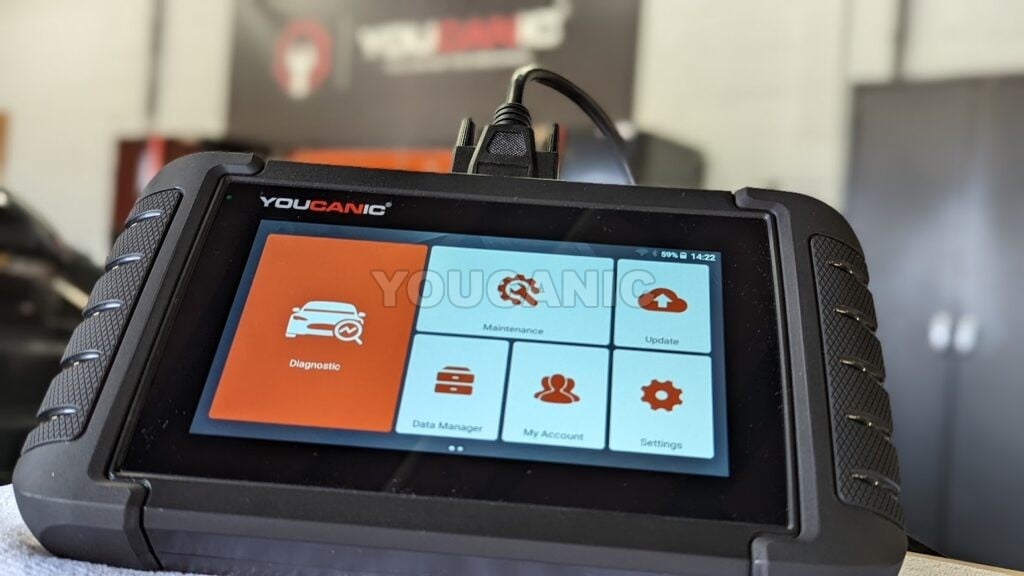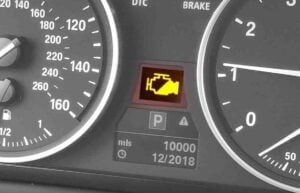Isuzu Transmission Problems
Have troubles with the transmission of your Isuzu? Learn the most common problems of having a bad transmission and know the possible solutions to fix the problem by reading the guide below. This guide will discuss some of the most common problems that affect Isuzu vehicles equipped with automatic transmissions, such as Trooper, Rodeo, and Axiom.
Common Isuzu Transmission Problems
2nd gear and reverse issues
Older compact passenger Isuzu cars that use a 4-speed automatic transmission in transaxle configuration, labeled as RE4F04, are prone to specific issues. The most common scenario involves problems regarding the 2nd gear and failed reverse engagement. In some cases, this may even extend to delays that affect all forward gears.
Possible causes
- Excessive bore wear inside the 1-2 accumulator valve causes pressure leaks or movement obstruction. In the initial phases, this results in issues with the engagement of 2nd gear but can extend to other gears with time.
- A loose or broken plug at the end side of the accumulator control valve causes reverse issues. Both issues can be solved by installing a specialized kit with an oversized and upgraded end valve.
Slippage or delays when shifting from 2nd or 3rd gear
A series of Isuzu SUVs built around the 2000s use a 4-speed automatic transmission, designated as 4L30-E, with a common shift issue with upshifts. The most common symptoms include slippage and delays while upshifting from 2nd or 3rd gear while accelerating. If neglected, this can evolve into harsh gear changes in combination with a hard shoulder. In most cases, this will trigger a check engine light.
Possible causes
- Pressure leaks between the 2nd and 3rd gear clutch circuits happen because of the distortion and deterioration of the housing gasket. The cause of this problem is the OEM gaskets, which are too thin. Being a well-known and widespread issue, aftermarket gaskets are thicker available. Interface Solutions Inc. is one of the manufacturers that offer a reliable solution.
- Sticking or clogged solenoids as a result of neglected transmission fluid changes. Performing a thorough transmission fluid flush can sometimes help.
Soft upshifts and delayed reverse
A series of Isuzu SUVs built around the 2000s use a 4-speed automatic transmission, designated as 4L30-E. This transmission can suffer from issues that include soft upshifts and delayed reverse engagement. With time, this can even lead to burnt clutches. This usually happens after the vehicle warms up. In most cases, there will be no other symptoms or warning lights.
Possible causes
- Excessive sleeve wear within the boost valve causes leakage and pressure losses. This happens due to normal wear, as the valve is made from steel and the sleeve is made of aluminum. This affects gear changes as there is not sufficient fluid pressure. Installing an upgraded boost valve kit restores normal operation.
Harsh shifts between 2nd and 3rd gear
Isuzu MU-X vehicles with a 5-speed automatic transmission, designated as TB-50LS, can have harsh or delayed shifting issues. This happens either when upshifting from 2nd to 3rd on acceleration or downshifts while coasting. In some cases, there might be a noticeable surge in engine speed, which can trigger a check engine light.
Possible causes
- Excessive wear inside the lockup control plunger, causing leaks and drops of transmission fluid pressure. This affects torque converter clutch engagement and causes delays in engagement or disengagement. Installing an upgraded valve and sleeve kit restores proper operation.
- A worn accumulator control valve allows leaks inside hydraulic passes and corresponding pressure losses. In most cases, harsh shifting will not be limited to 2 to 3 shifts and may affect other gear changes.
Flares and harsh shifts
Newer Isuzu trucks that use a Rev-Tronic 6-speed automatic transmission, designated as AW TB60-LS, can develop several issues, with symptoms ranging from shift flares and harsh upshifts to very noticeable clunks during downshifts. In most cases, this will be a constant problem that is not affected by temperature or driving style.
Possible causes
- A broken or worn-out clutch control valve spring happens due to continuous movements. As these valves control clutches and brakes inside the transmission, this valve issue will affect the gearshift quality. Replacing faulty springs with upgraded aftermarket variants will restore proper valve operation and ensure smooth gear changes.
These are some of the most common Isuzu automatic transmission problems.
Not all Isuzu vehicles experience these symptoms. Check the transmission fluid level first if your Isuzu transmission doesn’t shift, slips, or won’t go in gear. If the transmission fluid level is correct, use a transmission scanner to read fault codes from the transmission control unit (TCU).

The YOUCANIC Full System Scanner can read and clear fault codes through every vehicle’s control module.
We hope you find the Isuzu Transmission Problems guide helpful. Check these troubleshooting and repair guides for more help on your Isuzu.








